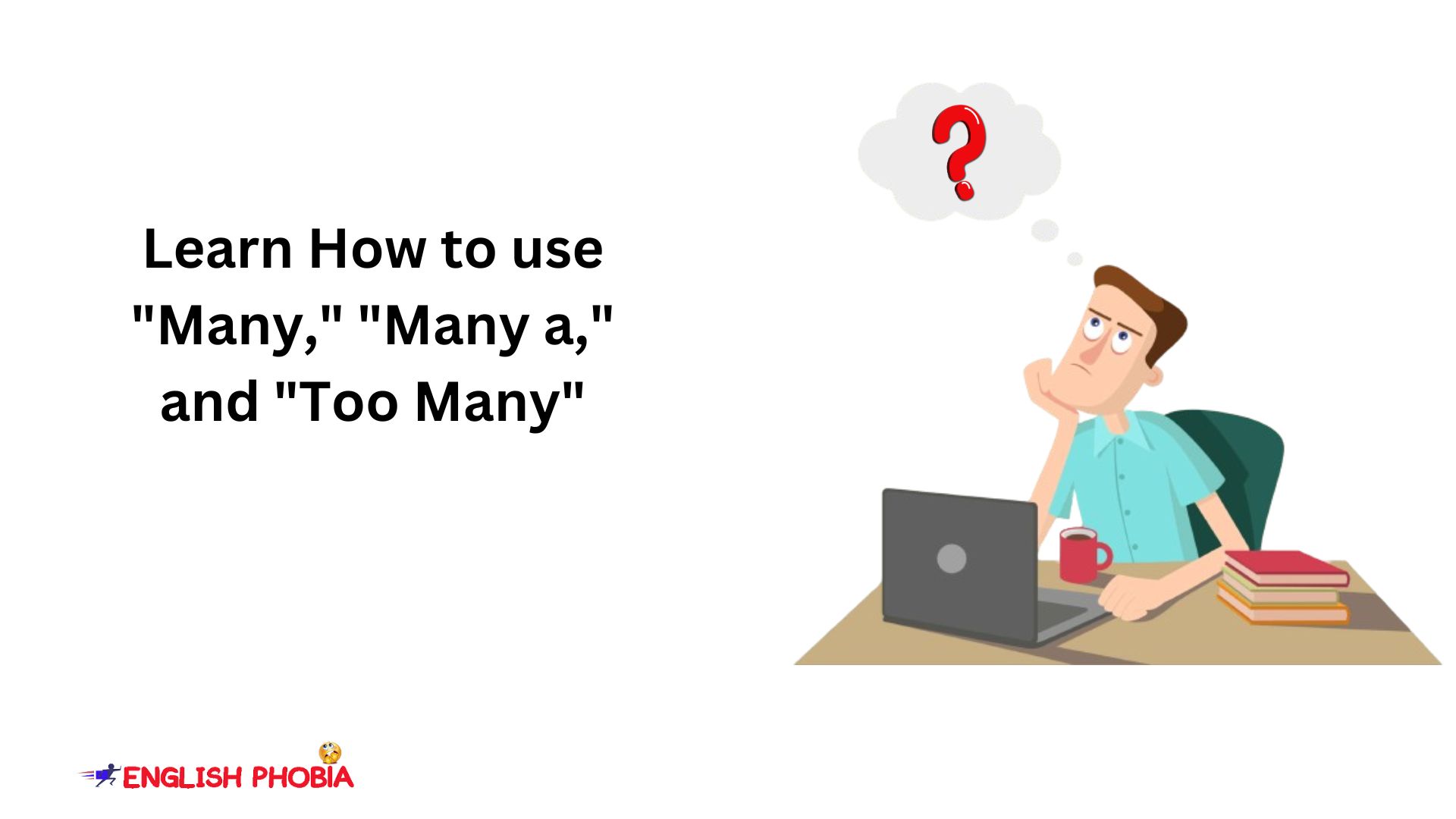Understanding the active and passive voice in present continuous tense is an important aspect of English grammar. Whether you are just starting out or trying to improve your skills. This article will take you from beginner to advanced level. Let’s start this complete guide.
Active Voice in Present Continuous
In the active voice, the subject does an action performed by the verb. In the present continuous tense, this means that the subject is currently engaged in the action. Learning the basic of Active and Passive Voice with Examples is very important before going through this article.
|
Sentence Type |
Structure |
| Affirmative |
Subject + am/is/are + verb (base form) + -Ing |
|
Negative |
Subject + am/is/are + not + verb (base form) + -Ing |
| Interrogative |
Am/Is/Are + subject + verb (base form) + -Ing? |
For example: “Neha is drawing a picture.”
Passive Voice in Present Continuous Tense
The passive voice shifts the focus from the doer of the action to the receiver. We form it using a form of ‘to be’ along with the past participle of the main verb (V3).
For example: “A picture is being drawn by Neha.”
|
Sentence Type |
Structure |
| Affirmative |
Object + am/is/are + being + V3 |
|
Negative |
Object + am/is/are + not + being + V3 |
| Interrogative |
Is/Are/Am + object + being + V3 + ? |
Affirmative Sentences in Present Continuous Tense
Active Voice:
Subject + am/is/are + verb-ing + object.
For example,
1) The chef is preparing a delicious meal (object).
2) They are building a new house (object).
3) She is painting a beautiful portrait (object).
Passive Voice:
Object + am/is/are + being + verb3 (past participle) + by + subject.
For example,
1) A delicious meal (object) is being prepared (is + being + verb3) by the chef (subject).
2) A new house (object) is being built (is + being + verb3) by them (subject).
3) A beautiful portrait (object) is being painted (is + being + verb3) by her (subject).
Negative Sentences in Present Continuous Tense
Active Voice:
Subject + am not/isn’t/aren’t + verb-ing + object.
For example,
1) The team (subject) isn’t practicing (is not + verb-ing) the new routine (object).
2) He (subject) isn’t reading (is not + verb-ing) the assigned book (object).
3) We (subject) aren’t watching (are not + verb-ing) the movie tonight (object).
Passive Voice:
Object + am/isn’t/aren’t + being + verb3 (past participle) + by + subject.
For example,
1) The new routine (object) isn’t being practiced (is not + being + verb3) by the team (subject).
2) The assigned book (object) isn’t being read (is not + being + verb3) by him (subject).
3) The movie tonight (object) isn’t being watched (is not + being + verb3) by us (subject).
Interrogative Sentences in Present Continuous Tense
Active Voice:
Am/Is/Are + subject + verb-ing + object?
For example,
1) Is John (subject) cleaning (am/is/are + subject + verb-ing) the garage (object)?
2) Are they (subject) planning (am/is/are + subject + verb-ing) a surprise party (object)?
3) Is she (subject) teaching (am/is/are + subject + verb-ing) the new dance routine (object)?
Passive Voice:
Am/Is/Are + object + being + verb3 (past participle) + by + subject?
For example,
1) Is the garage (object) being cleaned (am/is/are + object + being + verb3) by John (subject)?
2) Are the invitations (object) being sent (am/is/are + object + being + verb3) by them (subject)?
3) Is the dance routine (object) being taught (am/is/are + object + being + verb3) by her (subject)?
You should also learn the Active and Passive Voice in Present Simple Tense.
Congratulations! You have now completed a guide on active and passive voice in present continuous tense. Starting from the basics, you have progressed to an advanced level of understanding.
Keep practicing, and soon using these structures will become your second nature.












Hii